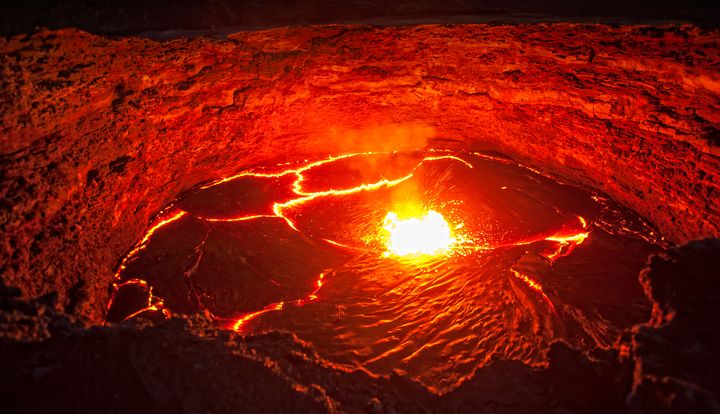More than 200 miles beneath the western US lies a a vast reservoir of melting carbon the size of Mexico.
That’s the extraordinary conclusion of a new study involving the world’s largest array of seismic sensors.
Scientists now think the Earth’s upper mantle may contain 100 trillion metric tons of CO, dwarfing annual emissions by a factor of 10,000.
“We might not think of the deep structure of the Earth as linked to climate change above us, but this discovery not only has implications for subterranean mapping but also for our future atmosphere,” said Dr Sash Hier-Majumder at Royal Holloway.

Releasing only 1% of this CO into the atmosphere would be the equivalent of burning 2.3 trillion barrels of oil.
“The existence of such deep reservoirs show how important is the role of deep Earth in the global carbon cycle,” Dr Hier-Majumder added.
But the carbon dioxide would only be release very gradually into the atmosphere through volcanic eruptions, the geologist said.
The reservoir of carbon formed as the tectonic plates of the Pacific Ocean were wedged underneath the western US. As CO and HO dissolves within the carbon, it melts.
Dr Hier-Majumder used a vast network of 583 seismic sensors that measure the planet’s vibrations to map the Earth’s subsurface.
In December, scientists discovered a river of molten iron as wide as the UK silently hurting towards Canada.
Fortunately, it’s 1,864 miles beneath the surface of the planet.
